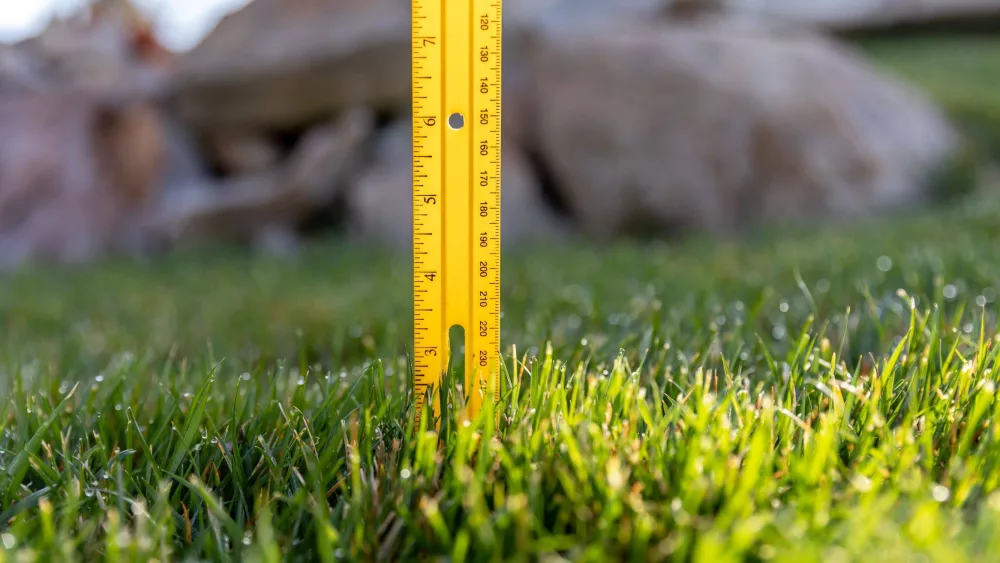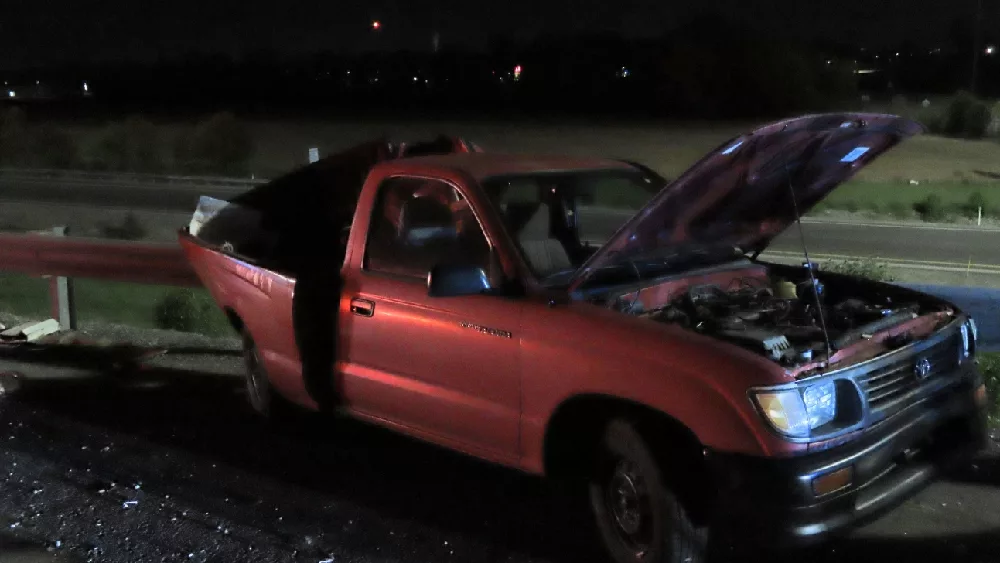Nothing signals springtime quite like the smell of fresh-cut grass wafting through the neighborhood. With warmer weather on the way, your annual lawn duties begin. Of those tasks, mowing at the right height can have a big impact on the overall health of your turf and future weed problems.
The first mowing makes the lawn look spring-like and very attractive. Subsequent regular mowing hardens the grass for drought and heat stresses later. So, when the first clump of grass grows above the mowing height, mow — even if a lot of the yard doesn’t need to be mowed yet.
If your lawn is not greening up as quickly as your neighbors, it’s important to note that not all grasses start growing at the same time. Grass that wasn’t fertilized in the fall or early spring has a delayed growth. Also, grass on northern slopes, or in heavy clay soil, will start growing several days later than others.
Following recommendations for mowing height and frequency will make your lawn-care duties easier and result in a more attractive yard. If your mower has a fixed, all-year height, set it at two and one-half inches for cool-season grasses. However, if you can easily vary the height, set it at 1.5 to two inches for the first several times you mow this spring. The shorter mowing height will help remove a lot of the winter-burned, brown leaves. Exposing more dark green growth will transform your lawn into the most uniform, attractive one in the neighborhood. Move the height up to 2.5 inches after you mow the grass several times.

To protect your grass from summer heat and drought injury when summer arrives raise the mower height to 3 or 3.5 inches. Mowing grass at a greater height can also impact weed growth. As the leaf blades are left longer, they overlap more and shade the soil surface reducing the amount of sunlight penetrating to the ground and increasing competition for emerging weed seeds. However, remember that extra high grass, especially tall fescue, tends to fall over and mat down during hot summer weather causing increased summer disease problems.
Once you get the mowing underway, how often should the lawn be mowed? Mow often enough to remove no more than one-third to one-half of the grass height. If your mower is set for two inches, mow again when grass height reaches approximately three inches. Be sure not to scalp the lawn by mowing off most of the green leaves.
For tall fescue lawns, a rule of thumb is to mow at five-day intervals during the spring and at seven-day intervals the rest of the year. That interval can probably be expanded during hot, dry weather.
A sharp mower blade makes mowing easier and results in a better-looking and healthier turf. Dull blades will tear at the tender new turf leaving jagged and torn edges on the leaf blades. These edges tend to dry out leaving a brown look to the lawn and exposing leaf surfaces to disease.
Don’t miss the Christian County Master Gardener EXPO on Location, Saturday, April 17 from 9 am to 1 pm. We are taking the EXPO on the road this year to some of our regular vendors including The Bloomery, Superlawn and Garden, Christian County FFA Greenhouse, the Country Barn, Free Range Flowers, Homestead Greenhouse, Maple Shade Greenhouse, Woodcorner Greenhouse, and the Downtown Hopkinsville Farmers Market. This is a self-guided tour with lots of giveaways, special events, on-site tours, fun for the whole family. We know you are itching to get gardening so let us introduce you to some of these great locations. Pick up a free “ticket” at any participating location and visit at least 3 vendors to be entered for the giveaways. Free tool sharpening provided by Arrowhead Fix-it at the Farmers Market location. Visit www.ChristianCountyHorticulture.com for more details.
— Kelly Jackson, Christian County Extension Agent






